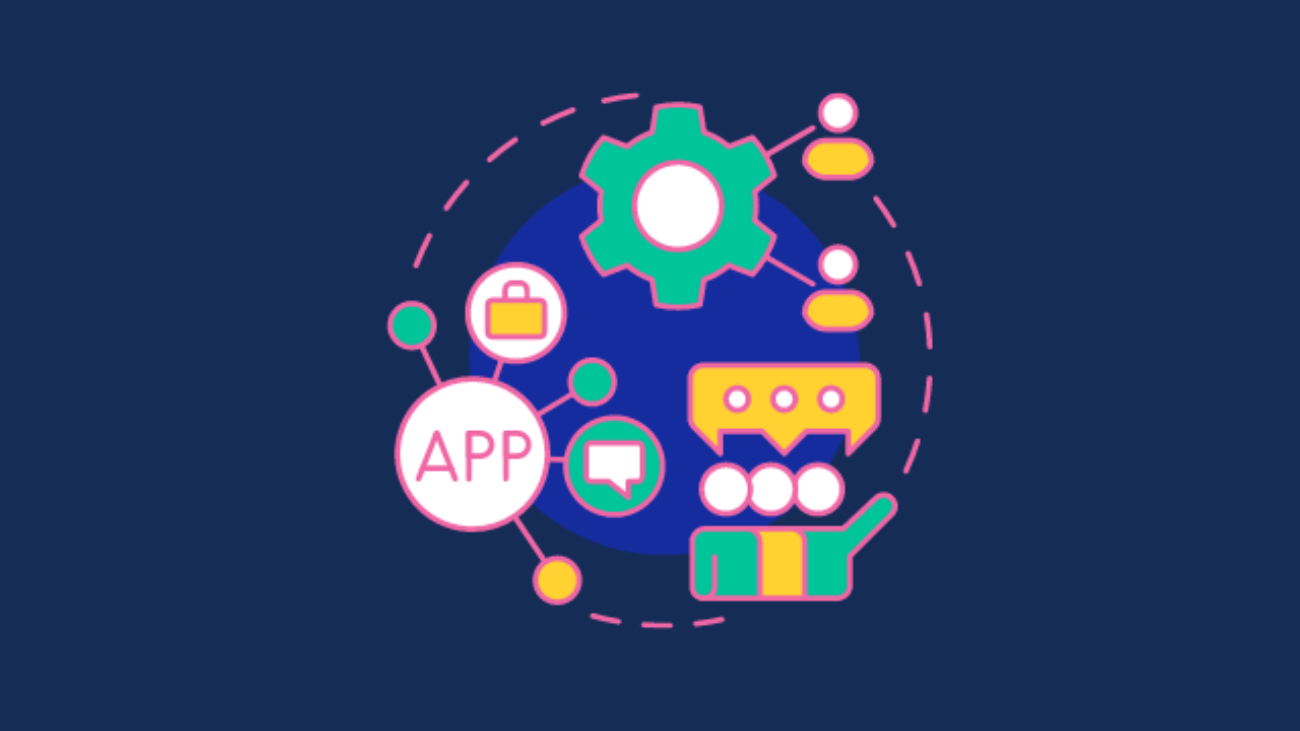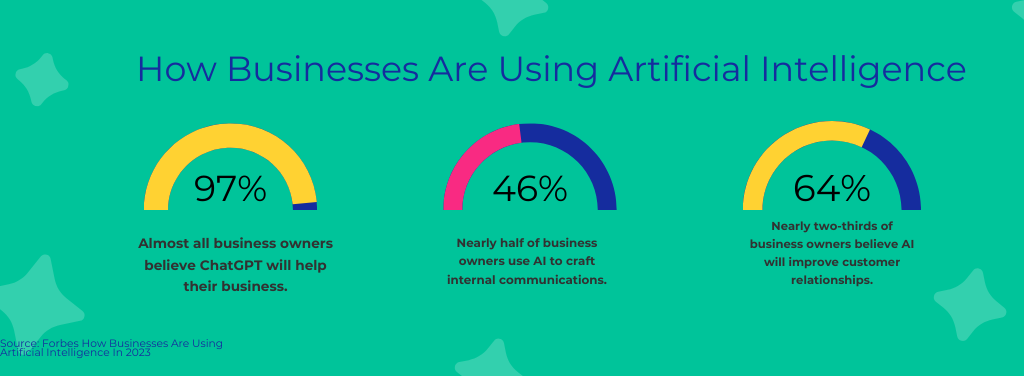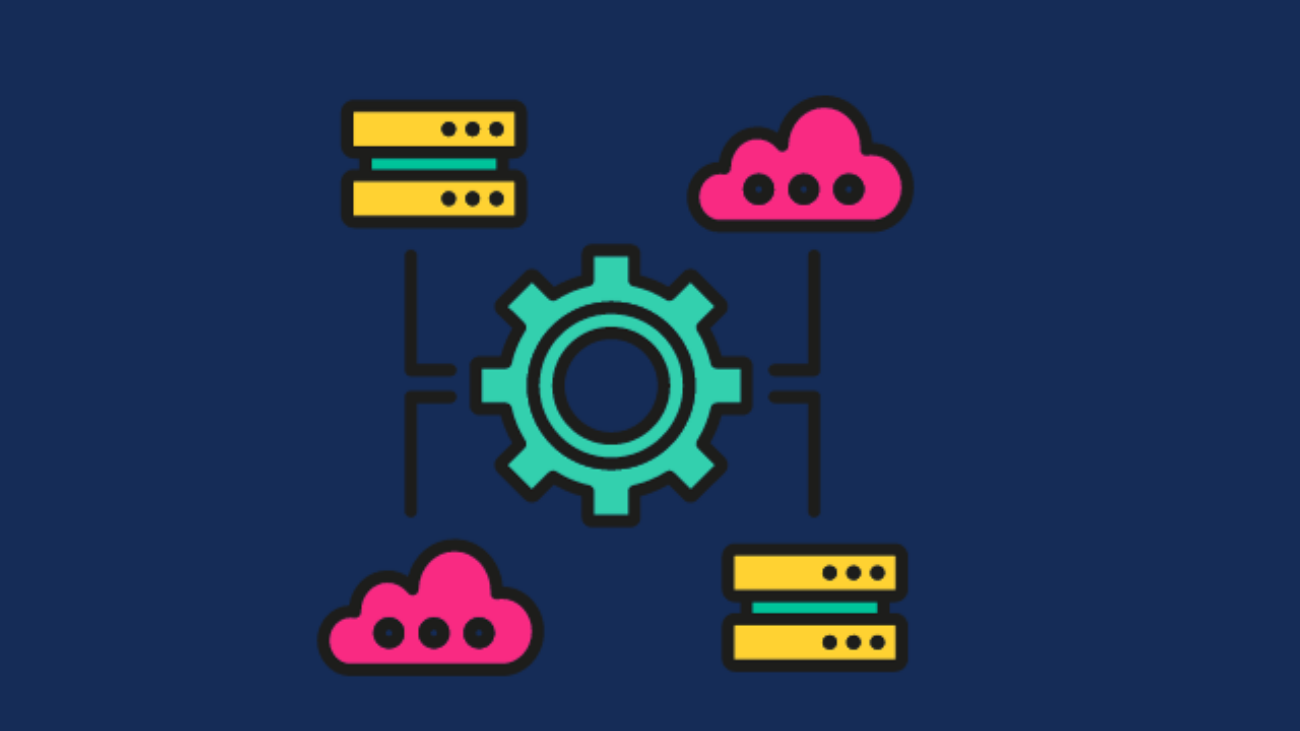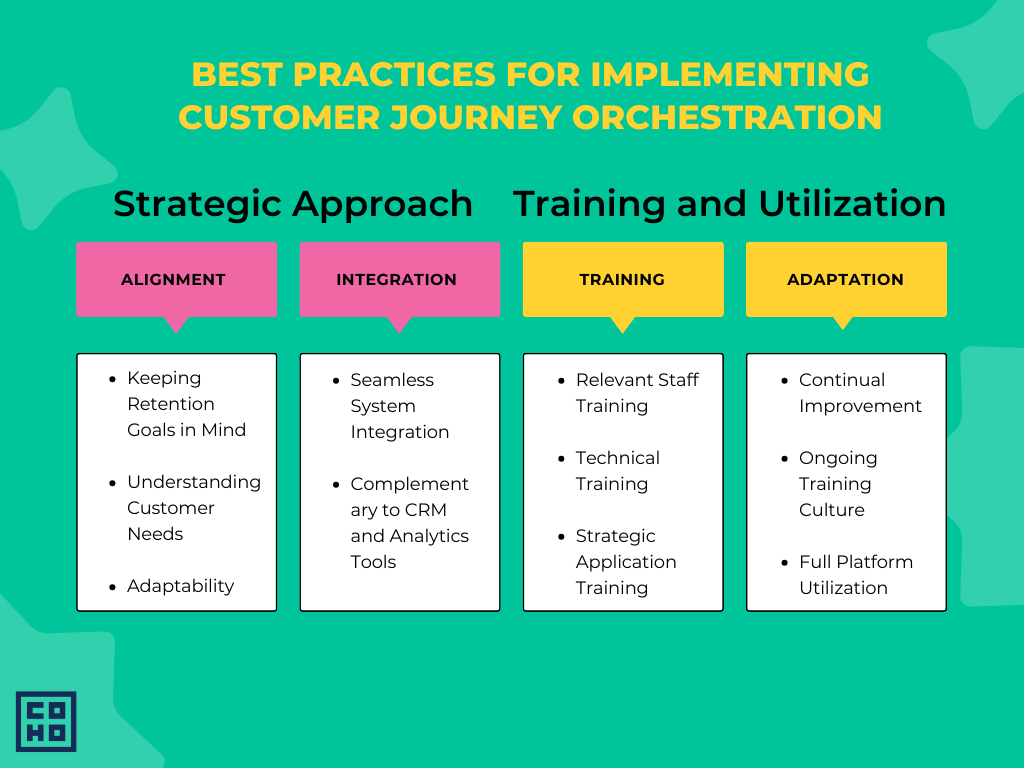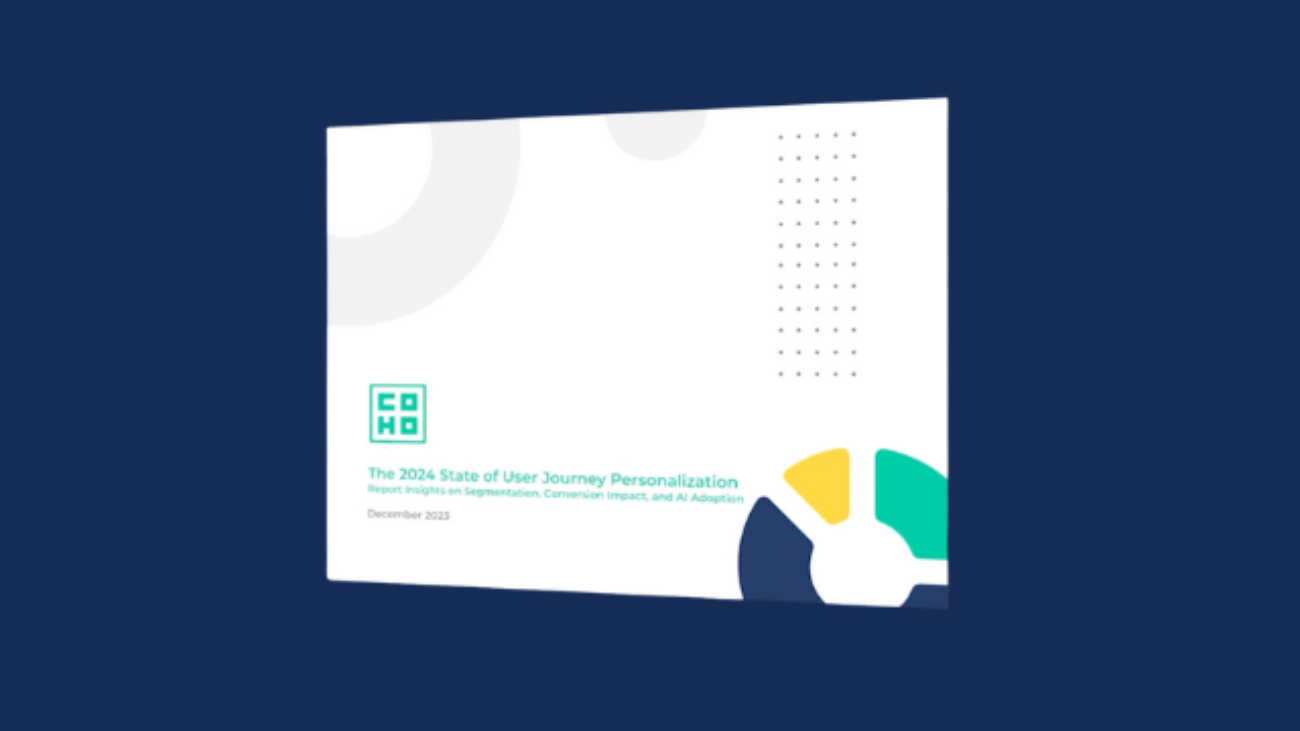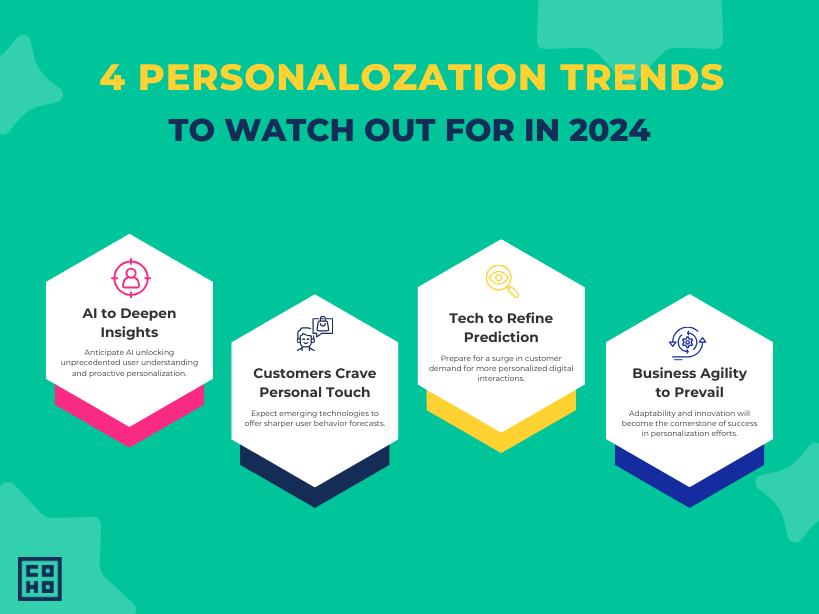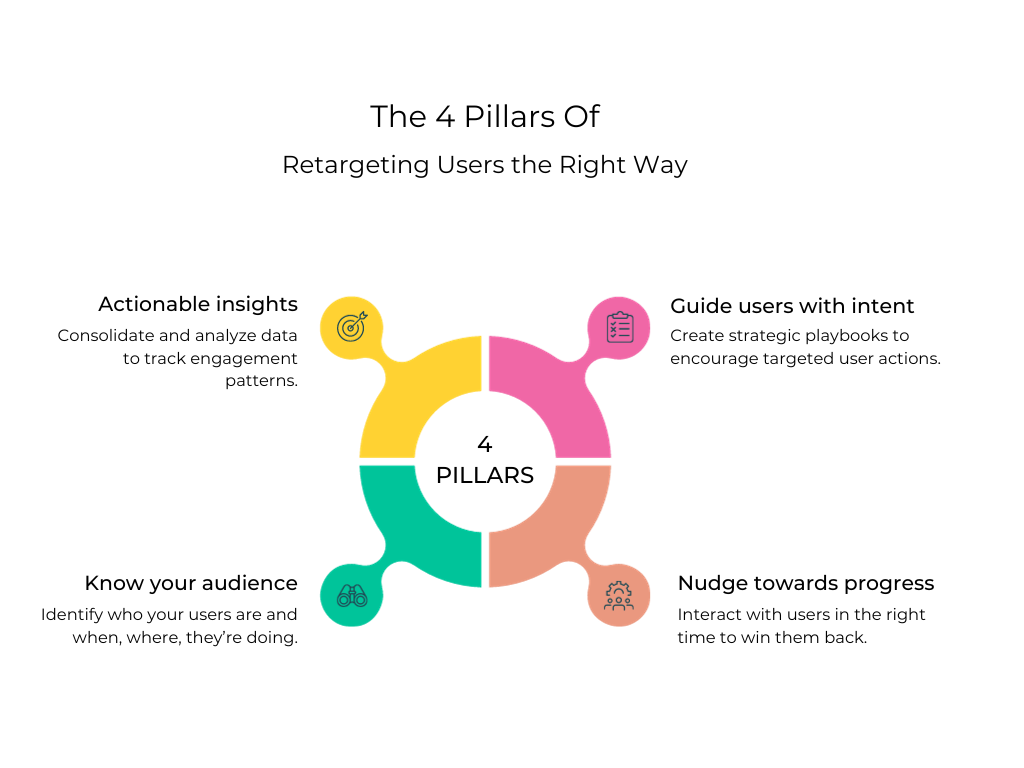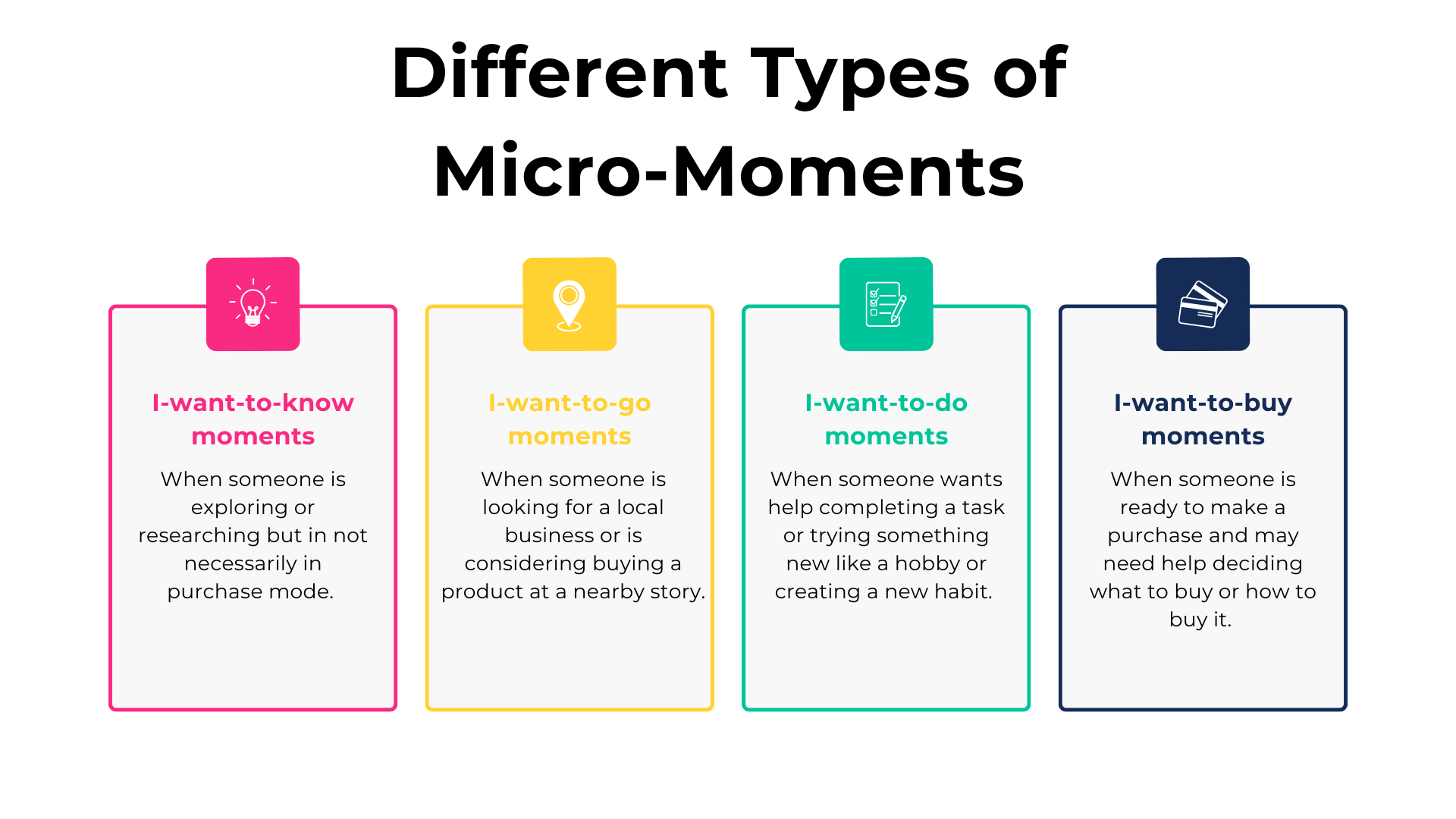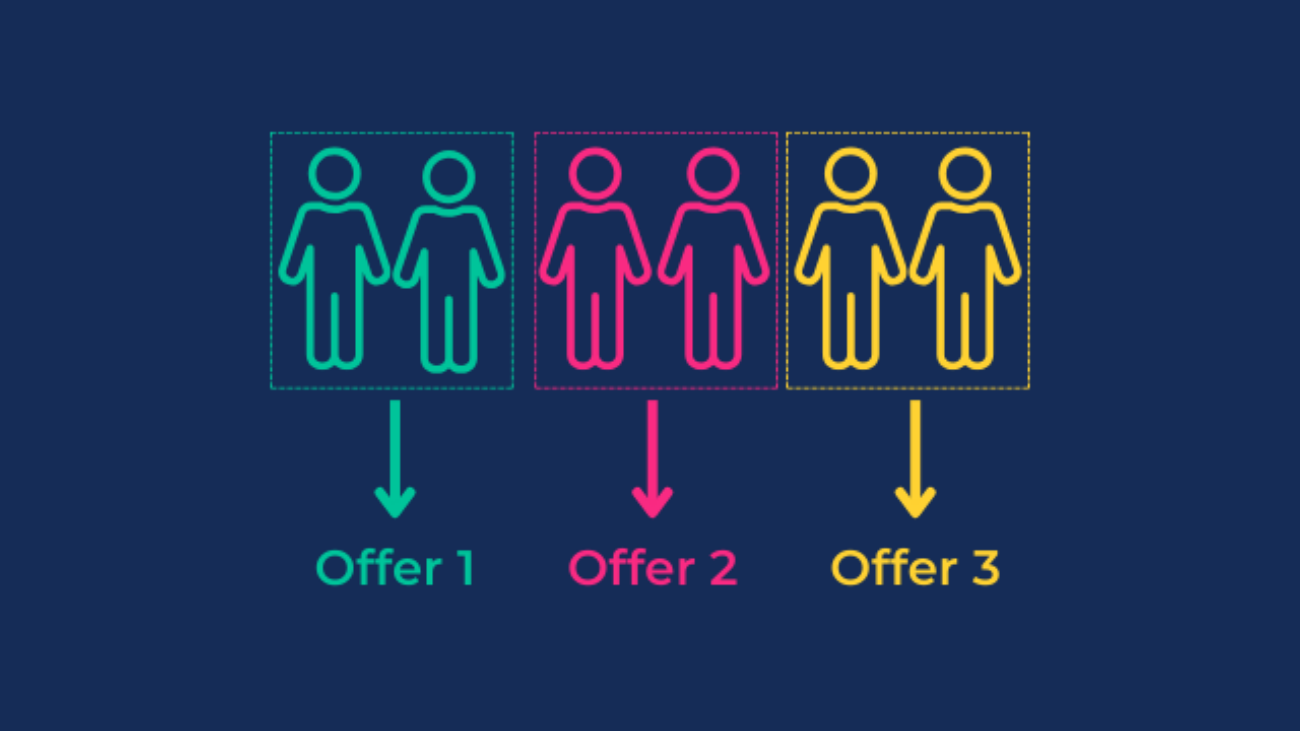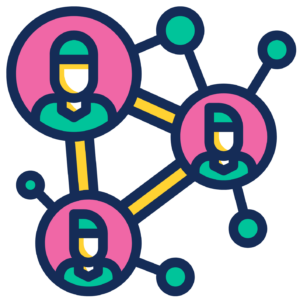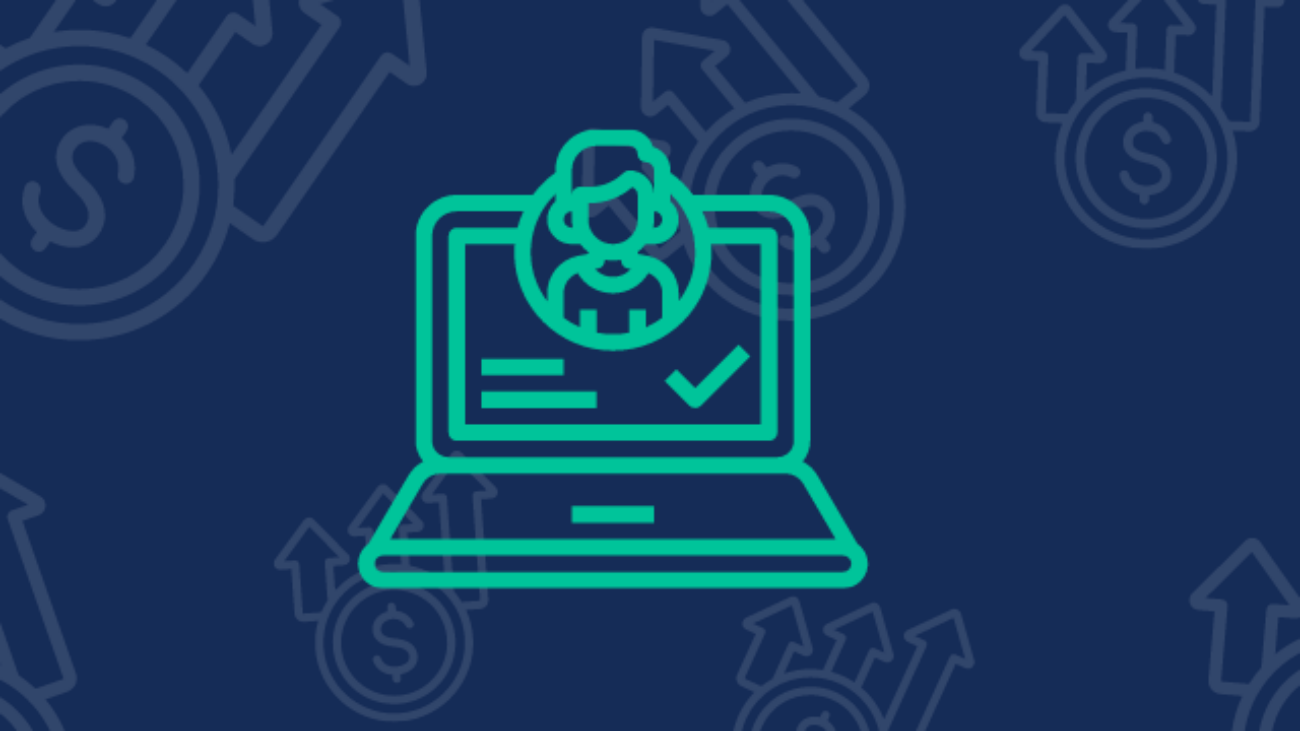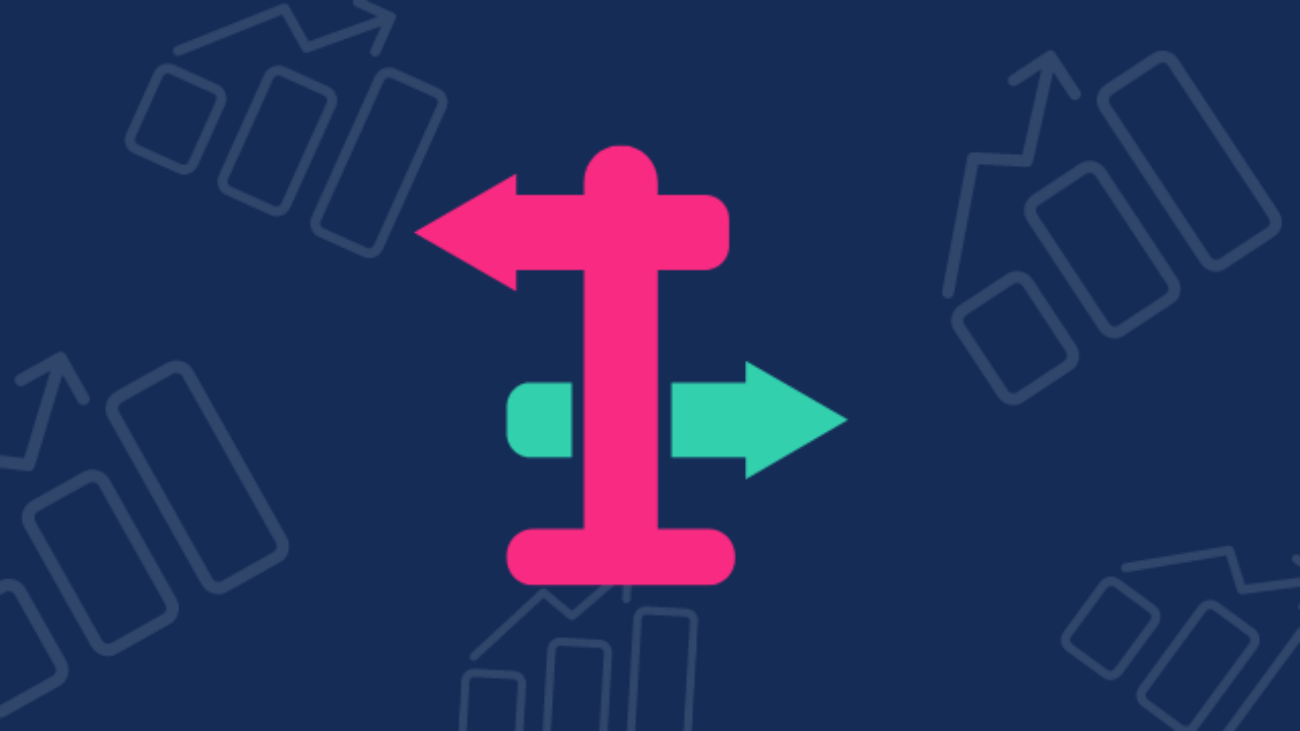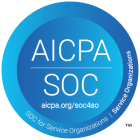Delving Deeper into Push Notifications
In an era where immediacy is prized, push notifications have emerged as a powerful tool for real-time engagement. These bite-sized messages, dispatched directly to a user’s mobile or desktop screen, bypass the usual clutter, ensuring that a brand’s message doesn’t go unnoticed. Unlike emails, which may languish unread in an overflowing inbox, push notifications demand attention the moment they appear, making them particularly effective for time-sensitive information.
The beauty of push notifications lies in their versatility and adaptability. With modern solutions, businesses can finely segment and tailor their push notifications for a myriad of purposes: alerting users about a flash sale, reminding them of an abandoned shopping cart, or providing personalized recommendations based on their browsing history and preferences. Their real-time nature combined with enhanced personalization capabilities makes them ideal for delivering breaking news, app updates, immediate feedback, and much more.
Evolving with Technology: The Sophistication of Modern Push Alerts
Furthermore, with advancements in technology, push notifications have become increasingly sophisticated. Geo-fencing capabilities allow businesses to send targeted messages based on a user’s location, enhancing relevance. In-app actions can be triggered directly from the notification itself, streamlining the user experience.
However, while push notifications offer undeniable benefits, they require a delicate balance. Overuse can lead to notification fatigue, causing users to disable them altogether. Thus, it’s imperative for businesses to craft thoughtful, relevant, and non-intrusive messages that add genuine value to the consumer’s experience.
Benefits of Push Notifications
- Instantaneous Connection: Push notifications, with their immediate and concise nature, can command instant attention. Push notifications, with their immediate and concise nature, have evolved significantly with technological advancements. Unlike the older perception where push notifications might seem broad or generic, modern solutions, like the one you offer, allow businesses to segment and tailor push notifications based on various use cases and user segments. This personalization makes push notifications just as powerful and relevant as email marketing, enabling businesses to address specific segments of their audience with targeted content that resonates. Email marketing, on the other hand, allows for a more in-depth conversation, building narratives that can nurture long-term relationships.
- Enhanced Visibility: In the world of overflowing email inboxes, where important messages often get overlooked, push notifications have a distinct advantage. They pop up directly on a user’s device screen, ensuring they grab attention. This visibility means that critical messages are less likely to be missed, enhancing the chance of user interaction.
- Driving Engagement Like a Pro: Push notifications aren’t just about delivering messages; they’re tools that can significantly uplift user engagement levels. For instance, a strategically timed notification can remind users about items they left in their shopping carts, nudging them to complete the purchase. Alternatively, they can be used to introduce users to newly launched features or updates, keeping the interest alive and encouraging further exploration of an app or website. Through these tactics, businesses can maintain a consistent and effective touchpoint with their consumers.
The Timeless Efficacy of Email Marketing
In a digital age where content is abundant, email marketing has impressively held its ground, consistently proving its value as an indispensable communication medium. This classic tool provides a canvas vast enough for brands to articulate in-depth, conveying messages that resonate on a deeper, more personal level. Unlike the fleeting nature of push notifications, emails offer a sanctuary where consumers can engage with content at their leisure, ensuring messages are digested, not just skimmed.
The essence of email marketing is its adaptability. Whether it’s weaving a compelling brand story, introducing a new product line, or even nurturing a budding consumer relationship with personalized content, emails can be tailored to fit the bill. This depth of interaction establishes a solid foundation, fostering trust and loyalty between the brand and its audience.
As technology has evolved, so has the intricacy of email marketing. Advanced analytics enable businesses to refine their strategies, segmenting audiences to deliver highly personalized experiences. Interactive email designs elevate user engagement, turning passive readers into active participants.
Yet, in this era of digital saturation, where inboxes are inundated with a deluge of messages, there’s a palpable risk of emails fading into the background noise. The sheer volume of emails one receives daily can lead to many being ignored or deleted without a second glance. It becomes imperative, then, for businesses to craft their emails with intention and innovation. Standing out isn’t just about flashy designs or catchy subject lines, but about delivering genuine value in a way that resonates, ensuring that amidst the clamor, your message is the one that leaves an indelible mark.
Benefits of Email Marketing
Comprehensive Communication: Emails remain unmatched in their capacity for in-depth content. They serve as the perfect vessel for newsletters, offering an all-encompassing view of company updates. When unveiling a product, they provide room for intricate details and features. Moreover, their format is conducive to inviting customer feedback, ensuring businesses can engage consumers in meaningful dialogues.
Personalization Opportunities: Today’s consumers don’t just appreciate tailored content; they expect it. With email marketing, businesses are equipped with tools for detailed audience segmentation. This ensures that content isn’t just broadcasted indiscriminately, but carefully tailored. A tech enthusiast and a fashionista, for instance, will receive content that resonates with their individual interests.
Measurable Outcomes: In the world of digital marketing, measurable results are gold. Emails excel in this domain. Businesses can readily assess the success of their campaigns by tracking metrics like open rates and click-through rates. This isn’t just about numbers. These metrics provide invaluable insights, enabling brands to fine-tune their strategies for future campaigns.
However, it’s crucial for businesses to remember the saturated nature of most email inboxes today. With consumers receiving countless emails daily, crafting messages that genuinely stand out is more important than ever. It’s not just about sending emails; it’s about sending memorable content that compels the recipient to engage.
- Deciphering the Ideal Channel for Your Communication
Navigating the digital jungle can be a thrilling endeavor for marketers. Amidst the vast array of tools and strategies lies the age-old conundrum: What’s the best way to reach out? In this battle for attention, two contenders often find themselves in the spotlight – push notifications and email marketing. But how do we harness their power without stepping on each other’s toes?
Picture this: Your smartphone pings with a notification. It’s a flash sale on those sneakers you’ve been eyeing, and it ends in two hours. That immediacy, that adrenaline rush – that’s the realm of push notifications. They are the town criers of the digital age, loud and immediate, making sure you don’t miss out on the now. From breaking news to last-minute event reminders, they slice through the digital noise with surgical precision.
Crafting Narratives: The Deep Dive of Email Marketing
But what if the message isn’t about the instant? Enter the world of email marketing, the grand theater of digital communication. Here, brands don’t just announce; they narrate. Emails are where businesses paint their grand visions, share intricate product tales, and embark on deep dives. Rich visuals, engaging links, and thoughtfully crafted content all come together in a symphony, allowing the audience to immerse at a pace they’re comfortable with.
Yet, as the digital terrain morphs, the tools adapt. Modern email platforms, not wanting to be left in the dust, now come armed with instant notifications. This feature is bridging the gap, ensuring that even vital emails get their moment in the spotlight, instead of being lost in the labyrinth of an overloaded inbox.
To cut through the chase, there’s no one-size-fits-all. The essence of your message, its purpose, and urgency dictate the medium. While both push notifications and emails pack a punch, the art lies in knowing when to jab and when to weave. Blend them wisely, and you have a potent mix that can captivate, engage, and inspire action.
A Harmonized Strategy: Push and Email Synergy
Amid the kaleidoscope of digital communication, businesses often grapple with finding the sweet spot – that perfect blend of immediacy and depth. The magic, however, lies in not viewing push notifications and email marketing as silos, but as partners dancing to the tune of consumer engagement.
Consider the scene: A user’s phone springs to life with a tantalizing push notification, hinting at an exclusive sale around the corner. It’s the spark, the initial tug on their curiosity. Yet, while the push notification has ignited interest, it’s often the subsequent email that fans the flames. Landing in their inbox is a beautifully crafted email, replete with vibrant images, detailed product descriptions, prices, and even incentives to sweeten the deal. The email doesn’t merely inform; it invites, encourages, and tempts.
The dynamism doesn’t stop at sales. Let’s navigate another scenario. An online shopper, midway through their purchase journey, gets distracted and leaves behind a cart filled with chosen items. A gentle nudge in the form of a push notification pops up, reminding them of their incomplete purchase. The immediacy works, but what if they’re still on the fence? This is where the email strategy swoops in. A day later, an email lands, perhaps offering a limited-time discount, or showcasing reviews of the very products they were considering. It’s not just a reminder; it’s an enticement, a strategic lure to bring them back into the fold.
In the dance of digital engagement, push notifications and emails, when synchronized, can create a rhythm that’s hard to resist. It’s about understanding the pulse of the consumer, knowing when to lead with the urgency of a push and when to follow with the depth of an email. This harmonized strategy, where push sets the stage and email deepens the narrative, can elevate a business’s engagement game, turning casual browsers into loyal patrons.
Final Thoughts
In the vast arena of digital marketing, the power of communication extends beyond the sheer act of sending a message. How, when, and through what medium a message is conveyed can be the determining factors in its success. Among the diverse tools at a marketer’s disposal, push notifications and email marketing stand tall, each boasting distinctive attributes that cater to different facets of consumer engagement.
For enterprises on the quest to elevate their B2C engagement, diving deep into the intricacies of both push notifications and email marketing is not just recommended, it’s essential. By strategically weaving these two mediums into a cohesive communication blueprint, businesses can unlock a symphony of engagement. This approach, instead of treating them as distinct entities, emphasizes their complementary nature, harnessing their combined might to foster a relationship with consumers that thrives on relevance, resonance, and reciprocity.
When orchestrated skillfully, this amalgamated approach can be transformative. It can galvanize passive observers into active participants, drive brand affinity, and catalyze growth in both engagement metrics and bottom-line results.






